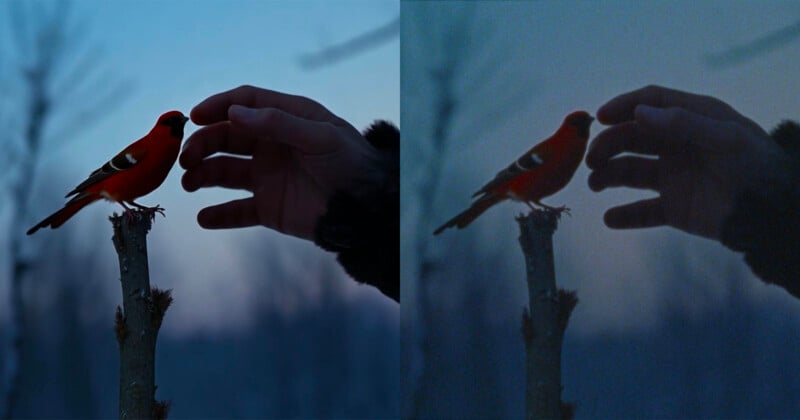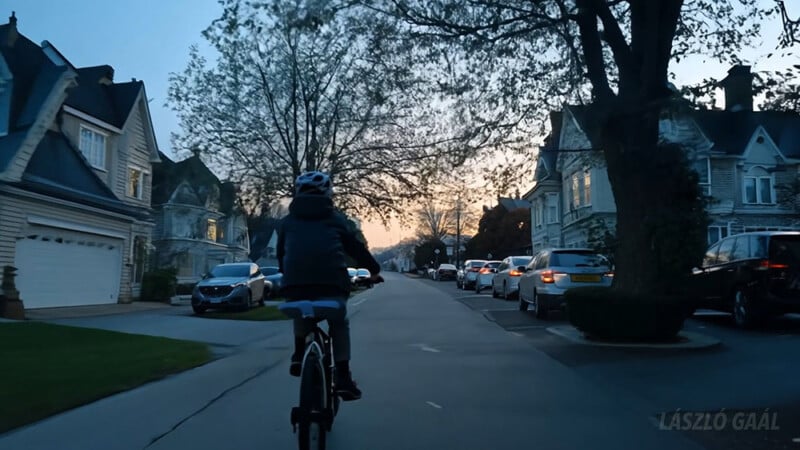This is the First AI Video to be Transferred Onto Film
A video artist has created the first-known film that began life as an AI video but was finished on analog film.
László Gaál tells PetaPixel that this technique — taking digital footage and transferring it to film — has been used by commercials and short films before, but as far as he knows, never with AI footage.
“I also saw it used for still photos which is much easier and cost-effective,” Gaál says. “Sadly it is used less and less, but for example, if I recall it correctly, Sebastião Salgado used it for the Genesis series where he switched to a digital camera but wanted to keep the analog workflow after the photos were taken.”

The Hungarian artist says the process removes the “plastic feel of even the sharpest digital camera,” and he wanted to see if it would work for AI-generated footage, too.
“I like to think about it as inviting back the unsure, the accidental, the unrepeatable, into the digital post-production,” he explains.
“I think that was the main reason film photography gave a thrill to the artists and I would guess that is why it’s having a renaissance among the young generation because they want to feel something again when taking a photo.”


However, Gaál had another, more technical reason for wanting to undertake the project.
“AI-generated videos are giving out files that are much different in resolution, bit depth, and compression when compared to shot footage,” he says.
“So I wanted to see what would happen if these files were transferred to celluloid, which is an organic material, and scanned back in a much higher resolution. In this example, the original footage was 1280×720 pixels while the scan was 5K.”


The resulting film, Random Access Memories, is not only a nod to a Daft Punk album of the same name but a play on generative AI and human consciousness.
“This short started more like an experimental test of Runway’s Gen-3 engine,” he says.
“At the beginning, we hear the narrator speaking and we immediately think it’s a human thinking about his past moments in life, maybe on his deathbed. But as we see more and more examples of his life, the natural videos and actions are turning into something more and more surreal, and we start to question the nature of the narrator.
“The very end reveals it was the thoughts of a generative AI engine exploring the world he lives in and realizing he is a machine.”
Gaál received the film rolls, both negative and positive, and h3e is hoping to watch it on a 16mm projector one day soon.